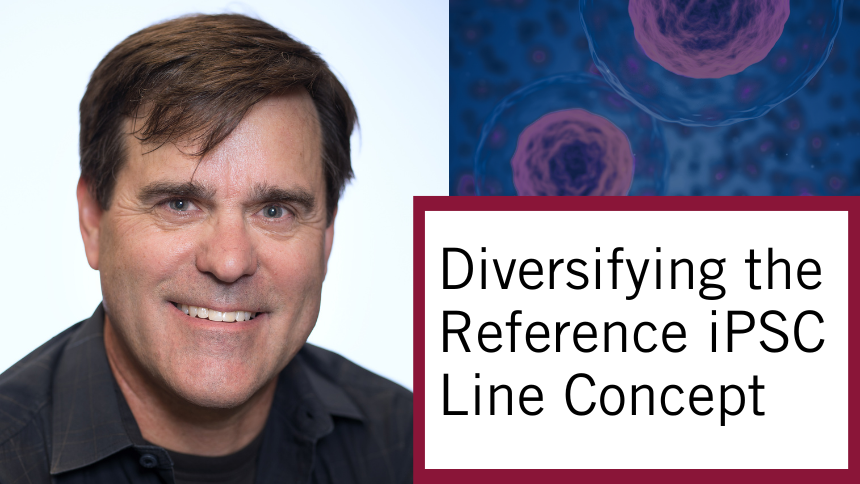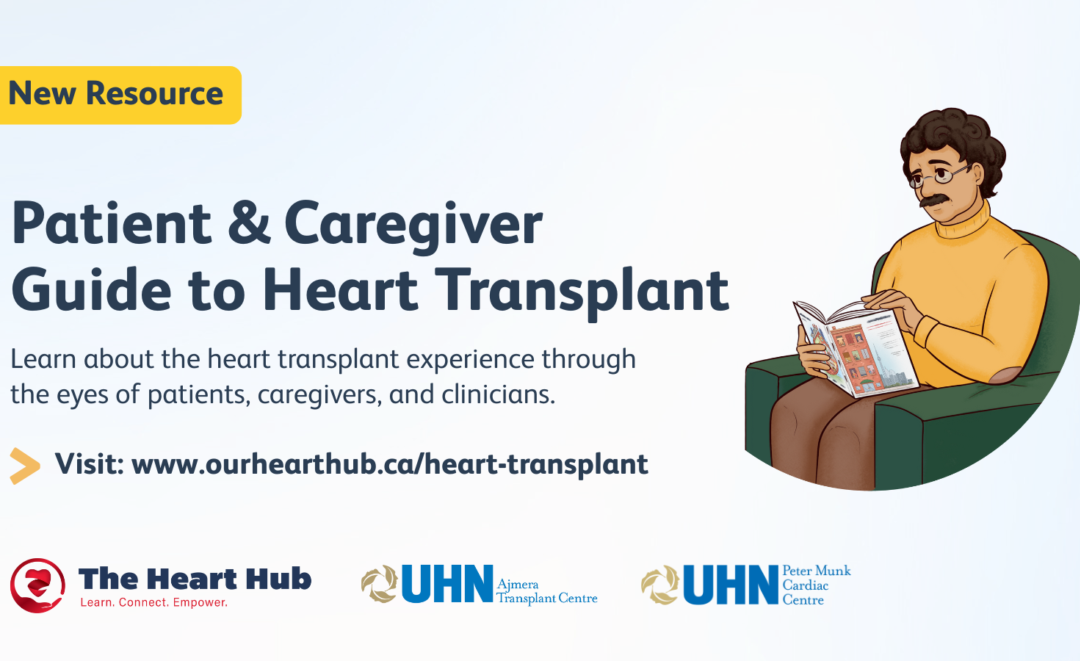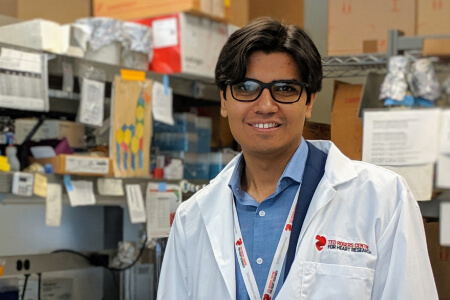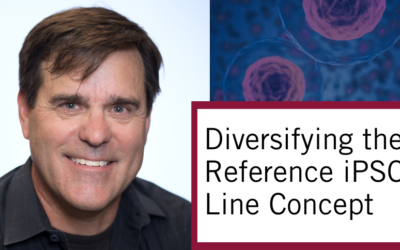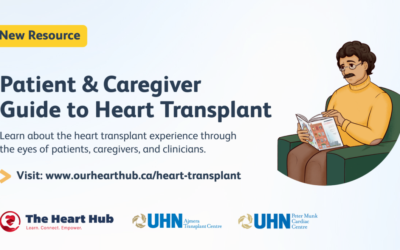At Canada’s only cardiac genome clinic, our researchers are taking the broadest possible approach to figuring out why heart failure develops and who is at risk of it.
This disease carries significant genetic ties. The conventional approach to deciphering causal genetic mutations in patients is through gene panels that look at sequence variants in a handful of genes or chromosomal microarray that looks at large structural variants across the genome.
Yet the Ted Rogers Centre Cardiac Genome Clinic – underway at SickKids – takes a globally unique approach to decoding genetic heart failure. Namely, by using whole genome sequencing.
Whole genome sequencing (WGS) is the newest technology that permits us to read the entire human genetic code called genome. WGS can detect two separate kinds of variation in the genetic code, namely sequence and structural variants, all in one experiment. This allows us to eliminate a time-consuming and costly stepwise approach based on gene panels and microarrays and to achieve a quicker genetic diagnosis for patients and family members.
Gaze into entire genome
Through this technique we can gaze into the entire genome. The more established whole exome sequencing (WES) approach only looks at the “coding” region of the genome – the area that codes for proteins and makes up only 1-2% of your genetic information. WGS goes beyond the exome and explores the rest of the genome or the “non-coding” region.
It’s unknown what proportion of patients carry a disease-causing mutation in their non-coding genome, but our hope is to provide more answers for our families by exploring the full genome. WGS also provides a more consistent and clear read of the genetic sequence compared to WES.
In WGS, after reading the code, the next step is making sense of a huge amount of sequence data and to interpret it in the context of a patient’s clinical picture. Ideally, our interpretation would provide clinicians, patients and families with fast, reliable information about a patient’s genetic makeup. Such valuable information could potentially impact the treatment strategy for the patient and provide family members with accurate risk assessments. This approach will help us avoid long diagnostic odysseys for many patients.
Interpretation is key
We interpret the patient’s exome first, and if we don’t find an answer, we can then investigate the rest of the genome to look for changes that could have caused the patient’s heart issues. We are at the forefront of practicing genomic medicine using WGS but we must keep developing our skills in genome interpretation.
We want to know what the individual’s genome is telling us about the cause of their heart disease, and how that will help their treatment and potentially help other family members avoid heart failure.
Here at SickKids, patients are seen, genomes are sequenced and interpreted, and families are informed – all under the same roof. That is extremely rare. Thanks to the Ted Rogers Centre for Heart Research, we are using the latest scientific knowledge as well as cutting-edge technology to answer questions that were impossible to ask even three years ago.
